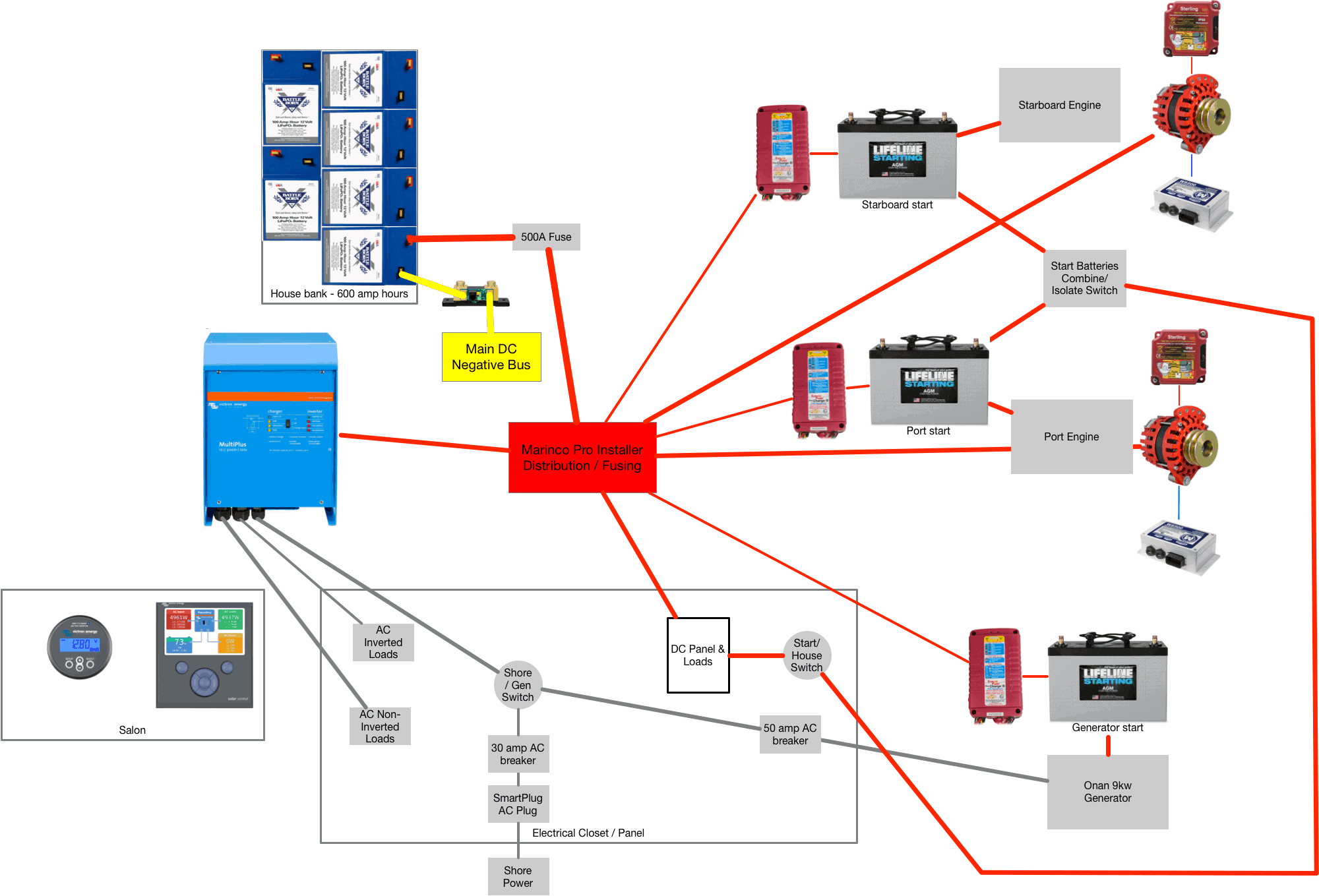ranger58sb
Guru
Then your batteries are nearing the end.... I am a HUGE Odyssey fan by the way.
It may also depend on the specific starters used on the engines in question. Some have a spectacularly large power draw when you first hit the key. Mine are bad about that, being old school (big) direct drive starters, not modern reduction drive units.
Might be approaching end of life, but... the voltage drop thing has been that way since day 1 of installation. Well, at least since the first time I started that engine with electronics already turned on, probably after several hours of trolling on the other engine only.
Could be something else about our system, of course...
-Chris

